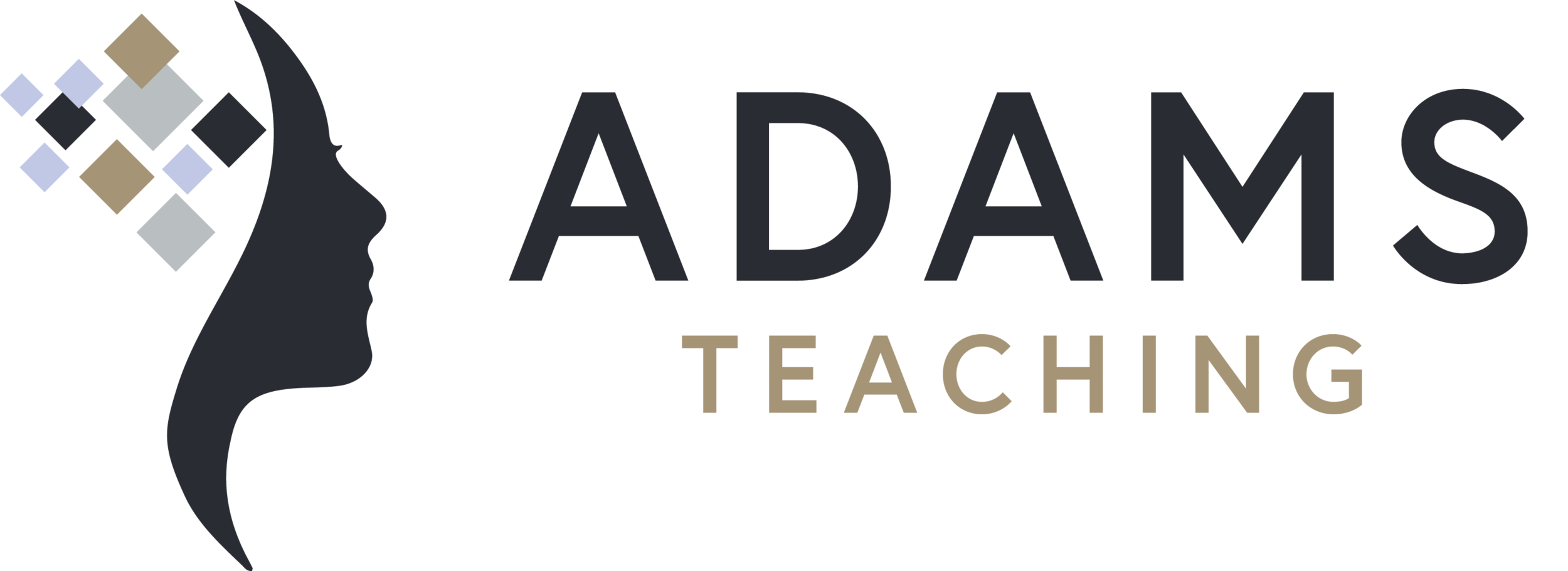Essential Questions-Hook & Hold 'Em
“I like a teacher who gives you something to take home to think about besides homework.” Lily Tomlin
An effective way to increase critical thinking and long-term retention of your lessons is to utilize essential questions. EQs answer the two essential questions that students have, “What are we doing today?” and “Why do I have to learn that?”
There are three levels of EQs: lesson, unit and course. An example of a lesson question may be, “What led to the fall of the Roman Empire?” The unit EQ might be, “What factors contributed to the rise AND fall of the Roman Empire?” An EQ for your course may be, “How can we structure our government and society so we don’t suffer the same failed fate as others?”
Sometimes simply turning your standard or objective into a question can be your EQ; for example, if the lesson standard is solving linear equations, then your EQ may be, “How do I solve linear equations?” In this case, there is a clear right/wrong answer to the EQ. Turning your standard into a question instead of leaving it in a declarative form, increases critical thinking because when we are asked to formulate an answer to a question, engagement and focus naturally increase.
However, some say that simply turning one’s standard into a question is too simplistic as an EQ should increase critical thinking and be at the top of Bloom’s Taxonomy (analyze, synthesize, evaluate). In this case, there may not be a clear right or wrong answer when the EQ is provided to increase critical thinking, the weighing of evidence, and debate. So if the lesson standard is about comma usage, then simply asking, “How do we use commas correctly?” may be too simplistic and lack the oomph (is that a word?) to excite and engage students. Maybe wording it like this is better, “How can knowing and using proper punctuation make the difference between life or death?” Then the teacher can share the internet viral example,
“Let’s eat, Grandpa."
“Let’s eat Grandpa.”
A little comma definitely does make a life-saving difference in this scenario and rephrasing the EQ in this manner elicits interest, retention and a chuckle from students.
*More EQ examples from across the content areas:
How and why do things fly?
What influence has the study of genetics had on society?
How do shapes/colors/mediums influence artistic impression?
What is the role of geometry in advertising and architecture?
How does the selection of genre shape the author’s message?
Why is winter often colder than summer?
What is justice?
How many ways can we use models to determine and compare equivalent fractions?
Why/how is exercise beneficial to your mental & physical health?
How do word parts help us understand meaning?
**Google EQs for more ideas in your content area!**
*Some questions to consider when developing EQs are:
What are the BIG ideas I want students to remember?
Do the EQs expand students’ critical thinking and make connections to larger concepts?
Are they flexible enough so students of differing skill levels can answer them with appropriate depth?
Most importantly, including EQs in your instruction emphasizes that your lesson/unit/course is not about memorizing facts and regurgitating them on a test; your class is valuable because it respects and encourages student inquiry and it increases engagement and critical thinking. Of course, if you start class with an EQ, be sure to end it by answering and discussing the possible answers.
"There is a BIG difference between information and knowledge, for information to become knowledge, THINKING must occur." Harvey, Goudvis
Julie Adams, Adams Educational Consulting, effectiveteachingpd.com
